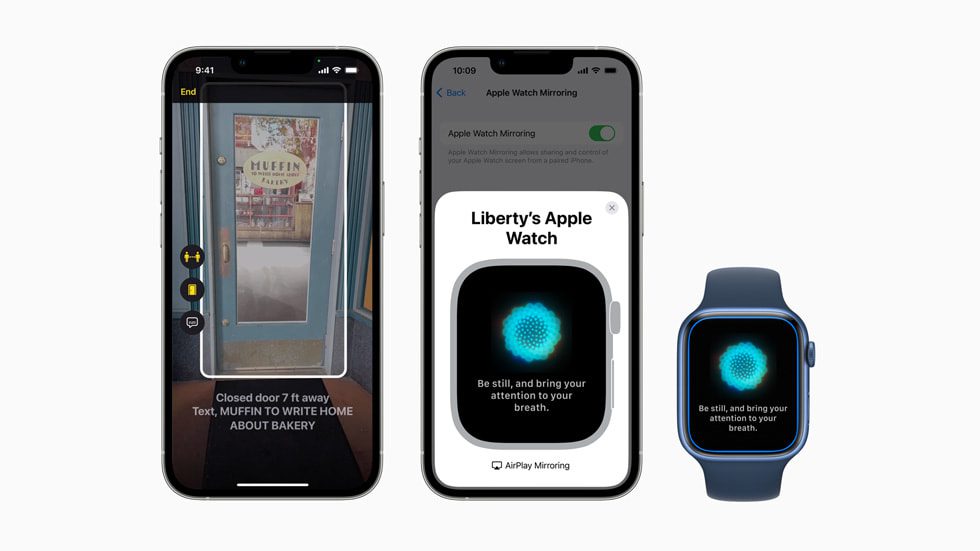Technology is revolutionizing the field of education, making it more accessible, affordable, and effective than ever before. Online learning, remote learning tools, and e-books are allowing students from all walks of life to access quality education from anywhere in the world. Gamification of education and virtual and augmented reality technologies make learning more engaging and immersive. Adaptive learning technologies, artificial intelligence, and machine learning are providing personalized feedback and insights into students’ learning needs. Real-time feedback is becoming more common, allowing students to monitor their progress and make adjustments to their learning strategies. Continued investment in educational technology will ensure that education remains inclusive, engaging, and empowering for everyone.
1. Online Learning
Online courses and degree programs are making education more accessible to everyone. Online learning is especially useful for students with physical disabilities, students who live in remote areas or those who have busy schedules.
2. Remote Learning Tools
Remote learning tools such as video conferencing and online collaboration tools allow students to connect with each other and their teachers from anywhere in the world. This helps to foster a global community of learners.
3. E-books and Digital Materials
E-books and other digital materials are making education more affordable for students. They are often less expensive than traditional textbooks and digital materials can be updated more easily and frequently.
4. Open Educational Resources
Open Educational Resources (OER) are educational materials that are available to the public for free. These resources include textbooks, lecture notes, and other educational content. OER makes education more accessible to everyone, regardless of their financial situation.
5. Adaptive Learning Technologies
Adaptive learning technologies adjust the learning experience to the needs and abilities of each and every student. These tools use artificial intelligence to provide personalized feedback and recommendations to students.
6. Gamification of Education
Gamification of education involves transforming the learning experience into a game-like environment. This can make learning more engaging and motivating for students.
7. Virtual and Augmented Reality
Virtual and augmented reality technologies are making education more immersive and interactive. These technologies allow students to explore and experience subjects in ways that were previously impossible.
8. Mobile Learning
Mobile learning allows students to access educational content from anywhere using smartphones and other mobile devices. This makes education more flexible and convenient for students.
9. Artificial Intelligence and Machine Learning
Artificial intelligence and machine learning are revolutionizing education by providing new insights into how students learn. These technologies can help educators to personalize learning experiences and identify areas where students need additional support.
10. Real-Time Feedback
Real-time feedback is becoming more common in education thanks to technology. This feedback allows students to monitor their progress and make adjustments to their learning strategies in real-time. It also enables teachers to provide more personalized feedback to students.
In conclusion, technology is making education more accessible and effective than ever before. From online learning to real-time feedback, these ten technologies are transforming the way we learn and preparing students for success in the digital world. With continued investment in educational technology, we can look forward to a future where education is inclusive, engaging, and empowering for everyone.
